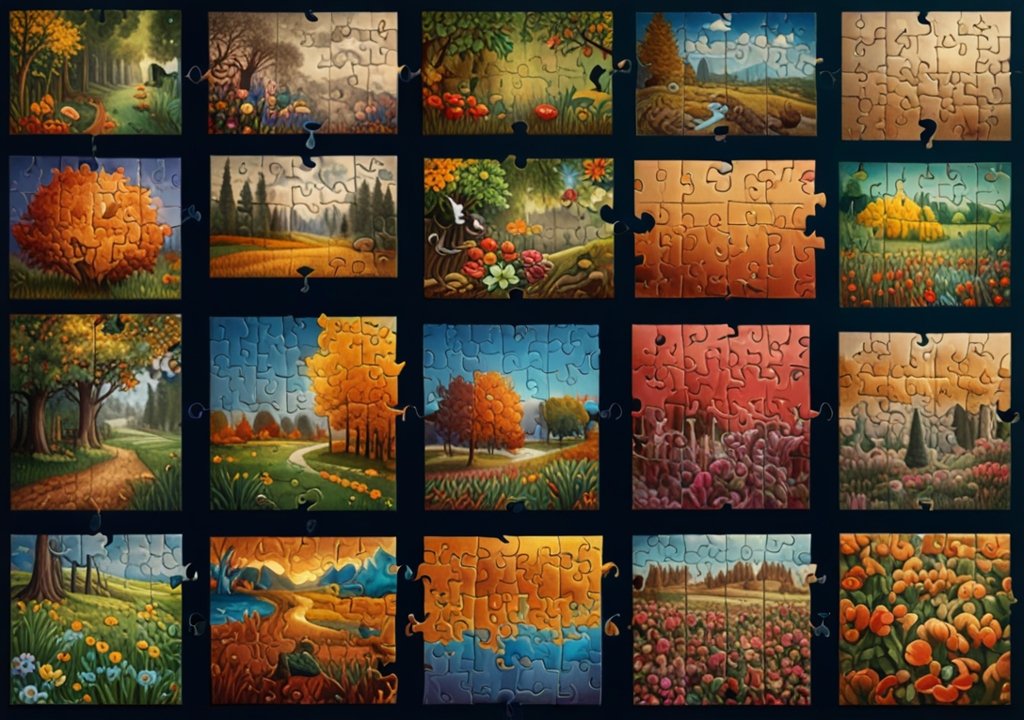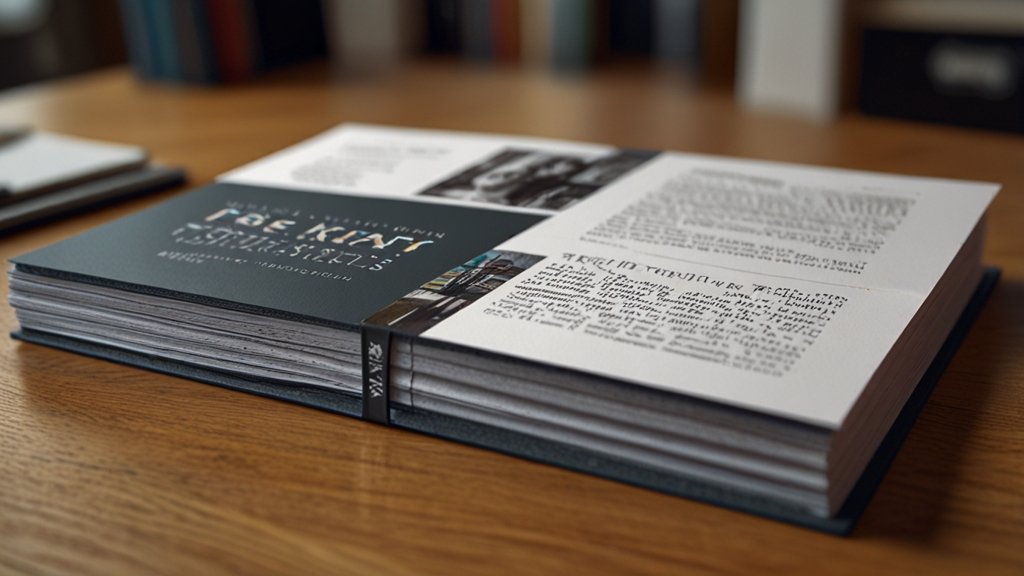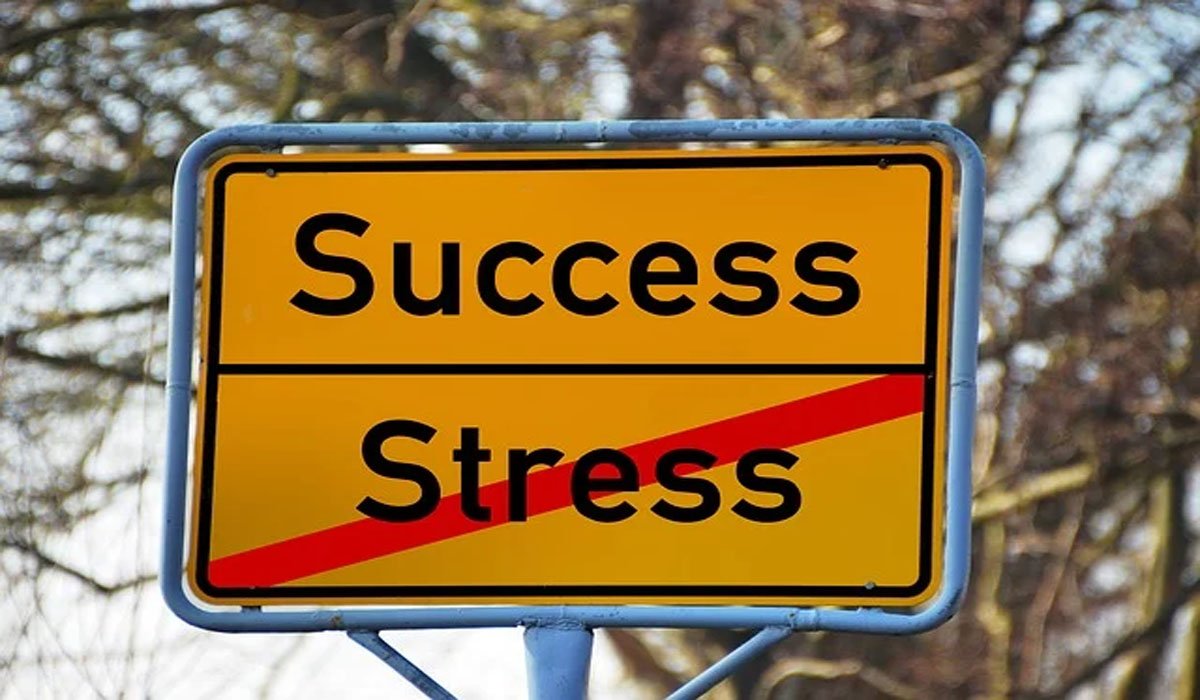Fill-in puzzles, often called “fill-in crosswords,” present an engaging fusion of wordplay and logical reasoning. Unlike traditional crosswords, they omit the use of hints or clues, replacing them with a fresh challenge of fitting a pre-determined set of words into a grid. This unique combination makes them a must-try for puzzle enthusiasts and anyone seeking to sharpen their cognitive skills while indulging in a satisfying mental pastime.
For those who’ve yet to immerse themselves in fill-in puzzles, this guide promises to unveil everything there is to know about the art and joy of solving these fun challenges. From understanding their basics to learning strategies that can boost your expertise, this comprehensive piece is designed to welcome newcomers and cater to seasoned solvers alike. Whether you’re seeking mental stimulation or simply a relaxing way to pass the time, fill-in puzzles guarantee a fulfilling experience.
What Are Fill-In Puzzles?
Fill-in puzzles mimic the grid format of traditional crosswords, but with a twist. Instead of providing hints for each word, solvers are tasked with placing words from a provided list directly into the grid. The challenge lies in figuring out the correct word placements based on the letter patterns and crossing intersections. This added reliance on logical thinking coupled with word recognition increases the puzzle’s appeal among people who enjoy a stimulating yet calming activity.
Unlike crosswords that test trivia knowledge, fill-in puzzles focus exclusively on fitting the pieces together. Beginner-friendly grids are simpler, while advanced ones involve trickier patterns. A sense of completion is easily attained once all words are successfully placed.
The Cognitive Benefits of Solving Fill-In Puzzles
Fill-in puzzles don’t just entertain; they also provide numerous benefits for the brain. These include:
Sharpening Problem-Solving Skills
Solving fill-in puzzles strengthens your ability to assess situations logically and deduce solutions. The strategic nature of placing words reinforces analytical thinking.
Expanding Vocabulary
Encountering new words in puzzles is common. This exposure not only familiarizes solvers with diverse vocabulary but improves their spelling and word use.
Boosting Focus and Memory
Working consistently on puzzles enhances your concentration, while the brain’s effort to recall and process word patterns strengthens memory.
Promoting Relaxation
Engaging in puzzles helps alleviate stress by fostering mindfulness and redirecting attention from daily worries. It’s an excellent way to unwind.
How to Approach a Fill-In Puzzle
Starting a fill-in puzzle doesn’t require expertise, just the right strategies. Here’s a step-by-step guide:
Assess the Puzzle
Before starting, study the word list and examine the grid layout. This provides a clear picture of word lengths and patterns.
Identify Starting Points
Look for unique word lengths or those that stand out. Longer words or names are often easier to fit into specific spots first.
Use Logical Deduction
Consider how words intersect. Words sharing unusual letters, for example, tend to narrow down their placement options.
Pencil-In and Adjust
Mistakes will happen. Use pencil markings liberally, erasing and reworking placements as necessary until the words fit perfectly.
Choosing the Right Fill-In Puzzle

There’s a wide variety of fill-in puzzles out there, from themed grids to beginner-friendly layouts. Here’s how to pick one:
Match Your Skill Level
Beginners should start with smaller grids, while seasoned solvers may enjoy more complex patterns.
Explore Themes
Some puzzles revolve around specific topics like history, science, or pop culture, offering both entertainment and education.
Decide on Challenge Size
Smaller grids are quicker to solve, while larger or oddly-shaped grids add extra layers of fun complexity.
Discover Reliable Resources
Providers like Penny Dell Puzzles offer extensive collections of fill-in puzzles catering to every level of expertise.
Tips and Tricks to Master Fill-In Puzzles
Though fill-in puzzles lack clues, mastering them becomes easier with these tips:
- Recognize Common Letter Patterns: Words with specific prefixes, suffixes, or repeated letters are easier to fit.
- Spot Word Intersections early for smoother progress.
- Review Placements thoroughly to avoid conflicts.
- Take Breaks to reset your focus and see the puzzle with fresh eyes.
The Social Aspect of Fill-In Puzzles
Solving fill-in puzzles needn’t be a solo activity. Engaging with a community can enhance the experience further:
Join Forums
Online communities allow enthusiasts to exchange tips, grid solutions, and puzzle suggestions.
Participate in Competitions
Joining puzzle competitions offers a chance to test and showcase your skills.
Collaborate with Peers
Working together with friends or family to solve puzzles instills camaraderie.
Share Experiences
Sharing your progress and favorite puzzles builds connections among like-minded enthusiasts.
Fill-In Puzzles for Education
Gone are the days when puzzles were merely a pastime. Fill-in puzzles offer educators ways to boost student engagement:
- They teach vocabulary in a fun format.
- They develop critical thinking skills through logical deduction.
- They turn learning into an enjoyable activity with minimal pressure.
Diverse Types of Fill-In Puzzles
Options include:
- Themed puzzles focusing on specific genres like science or literature.
- Grids that combine with other elements like logic or trivia.
- Innovative shapes such as spirals or cryptographic variations.
Mental Health Benefits of Fill-In Puzzles
Using puzzles to boost mental health has become widely recognized:
- Reduces Anxiety by promoting focused problem-solving.
- Fosters Accomplishment through completing challenging grids.
- Stimulates Mental Activity in older adults, keeping the brain engaged.
Exploring Resources for Fill-In Puzzle Enthusiasts
Dive into the world of fill-in puzzles through these resources:
- Websites: Free collections or premium subscriptions tailored to your needs.
- Mobile Apps for solving puzzles anywhere.
- Puzzle Magazines for a tactile experience.
- Community Forums to discuss strategies with fellow solvers.
How Fill-In Puzzles Compare to Other Types
Though less common than Sudoku or trivia-based crosswords, fill-in puzzles shine due to their unique reliance on logic and pattern-solving. This sets them apart as an accessible yet rewarding challenge across all demographics.
A Future of Endless Possibilities
Rapid advancements in technology promise exciting innovations in fill-in puzzle designs. Whether digitally enhanced or traditionally printed, these puzzles will continue captivating audiences seeking both leisure and cognitive stimulation.
Unlock Your Puzzle Potential
Fill-in puzzles offer endless entertainment and cognitive benefits. With resources like Penny Dell Puzzles and handy tips, crafting your perfect puzzle experience becomes simpler. Take the first step today, and watch as these grids elevate your leisure time into something truly enriching.
Conclusion
Fill-in puzzles remain a beloved pastime for their ability to combine fun, creativity, and mental stimulation. Whether you’re solving or creating, these puzzles provide an engaging way to challenge your mind and unwind. Start exploring the world of fill-in puzzles today, and discover the joy and fulfillment they can bring to your daily routine.
YOU MAY ALSO LIKE
MonkeyGG2: The Secret Hub for 150+ Games That Bypasses School Blocks
FAQs
What is a fill-in puzzle?
It’s a logic-based word game where players fit pre-provided words into a crossword-like grid without hints.
Are fill-in puzzles suitable for beginners?
Yes, many smaller grids cater to beginners, helping them ease into the format.
Where can I find fill-in puzzles?
Resources like Penny Dell Puzzles, mobile apps, and puzzle magazines offer excellent options.
How do fill-in puzzles benefit the brain?
They improve vocabulary, logical thinking, memory, and concentration while promoting relaxation.
How do themed fill-in puzzles work?
These puzzles are based on specific topics, offering enjoyable variety while encouraging focus.











